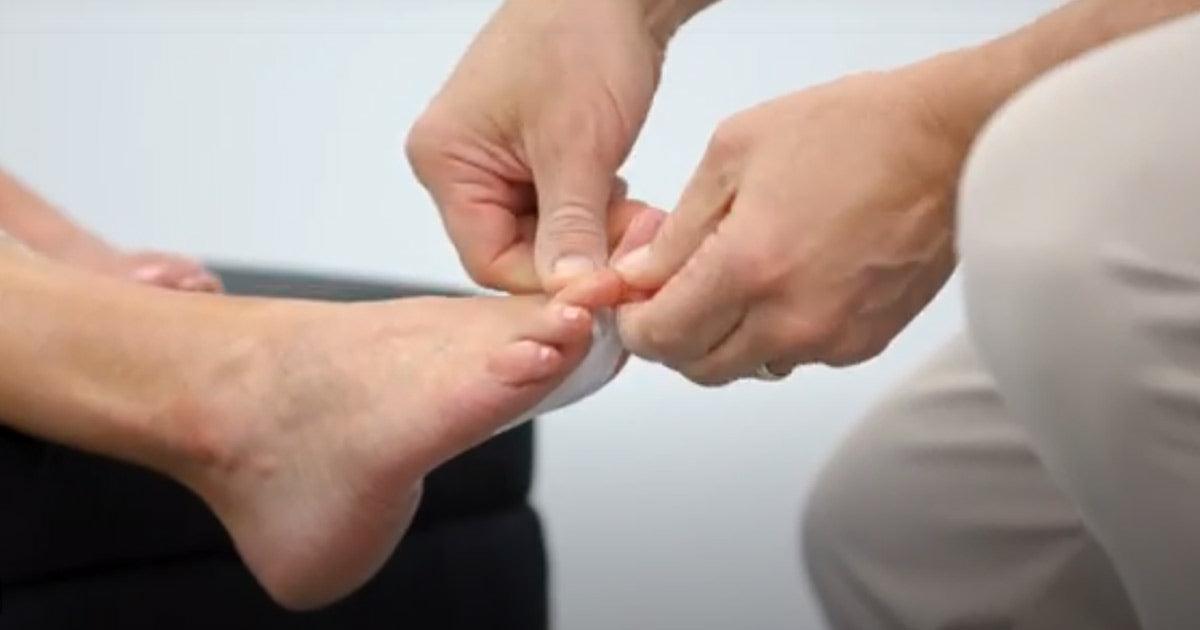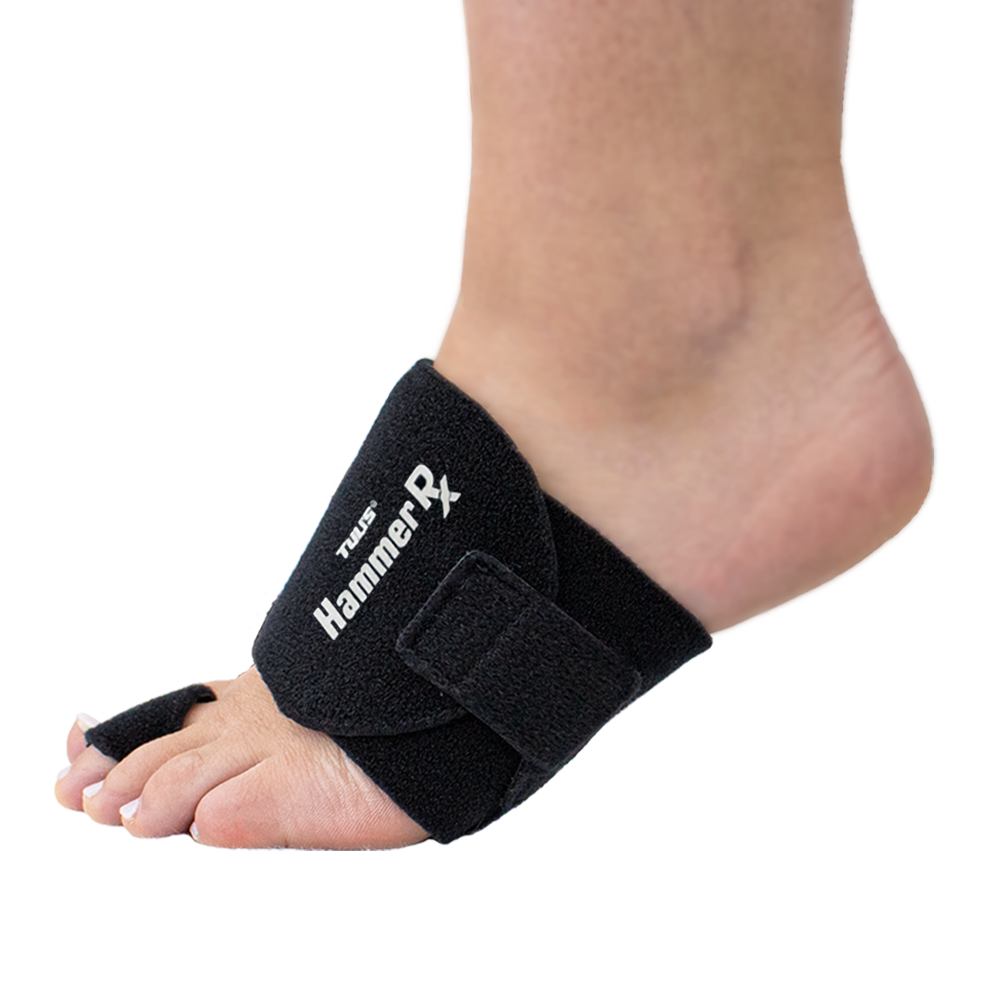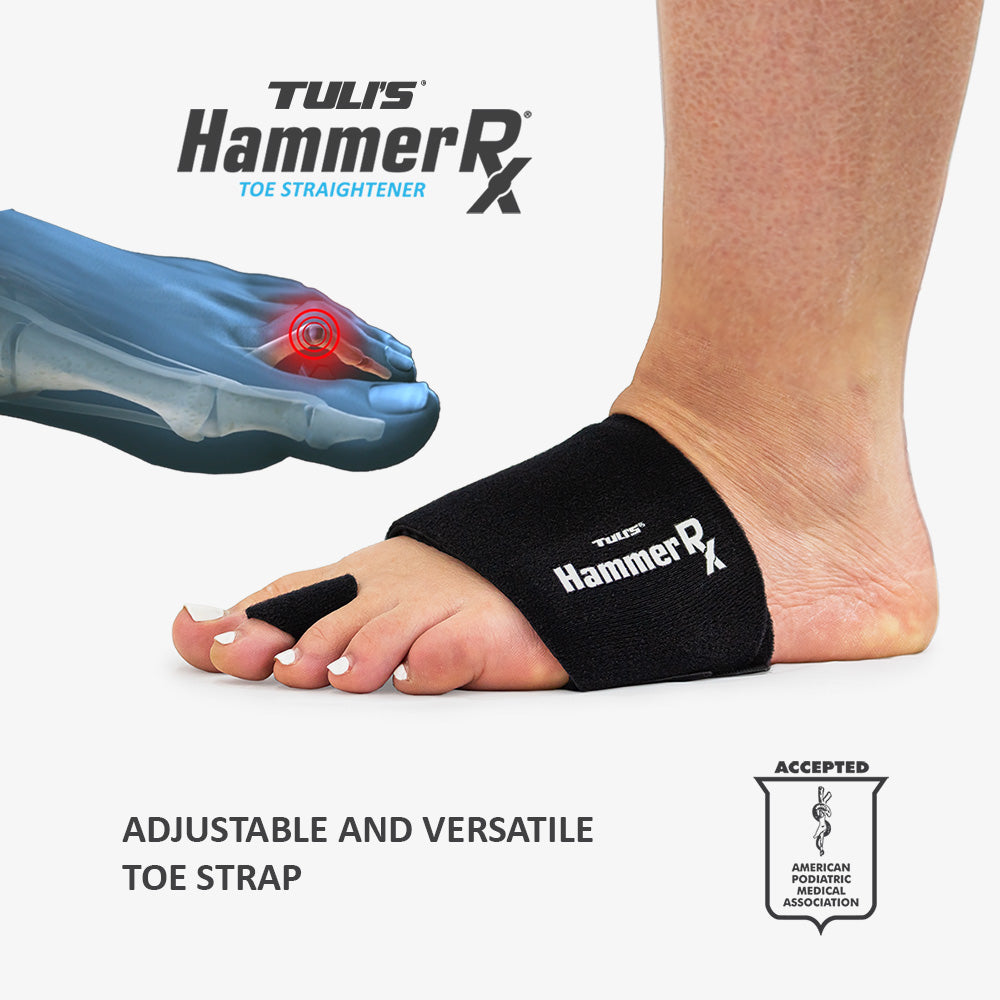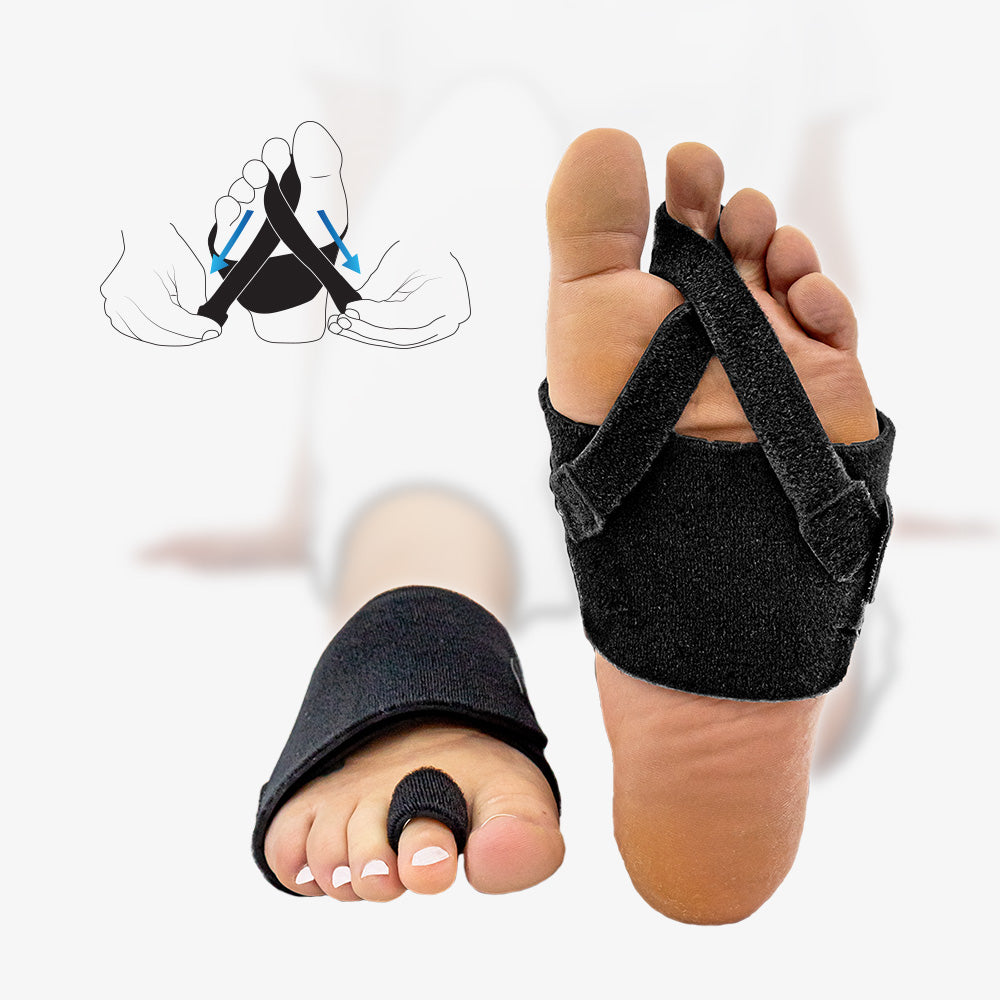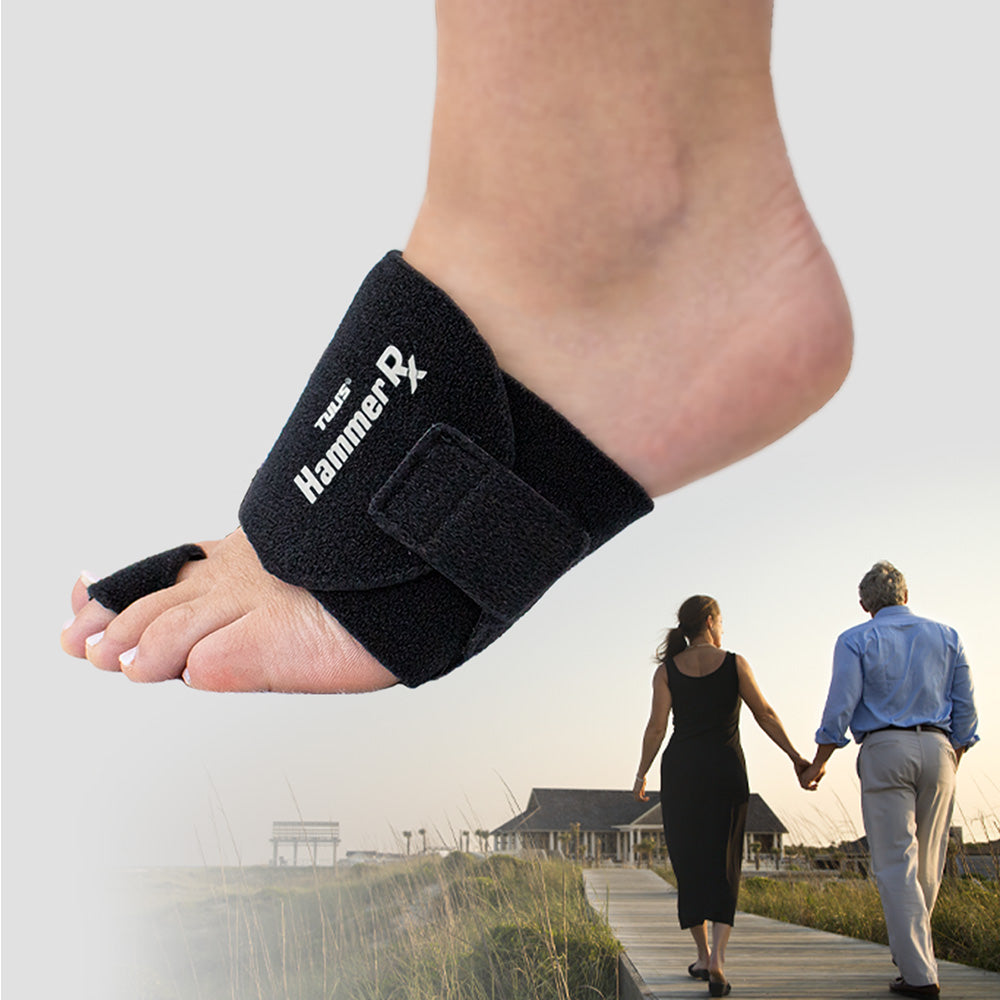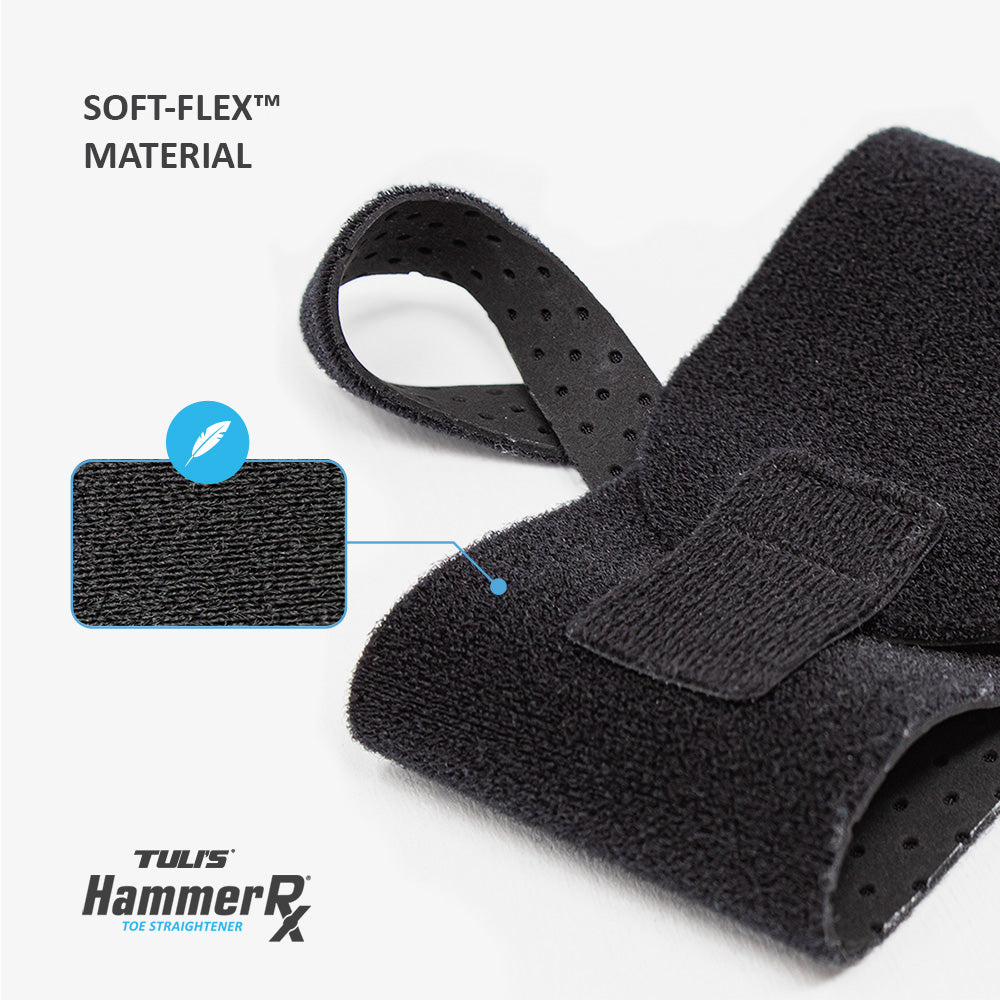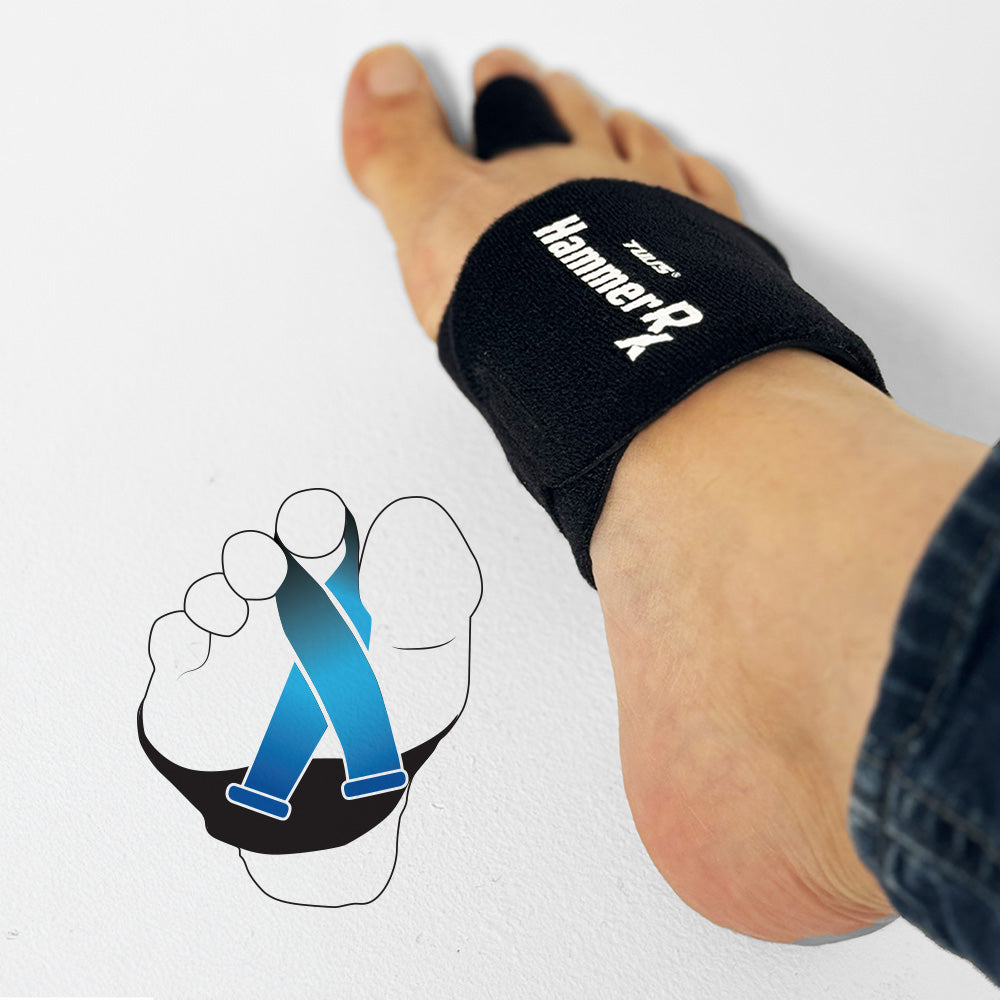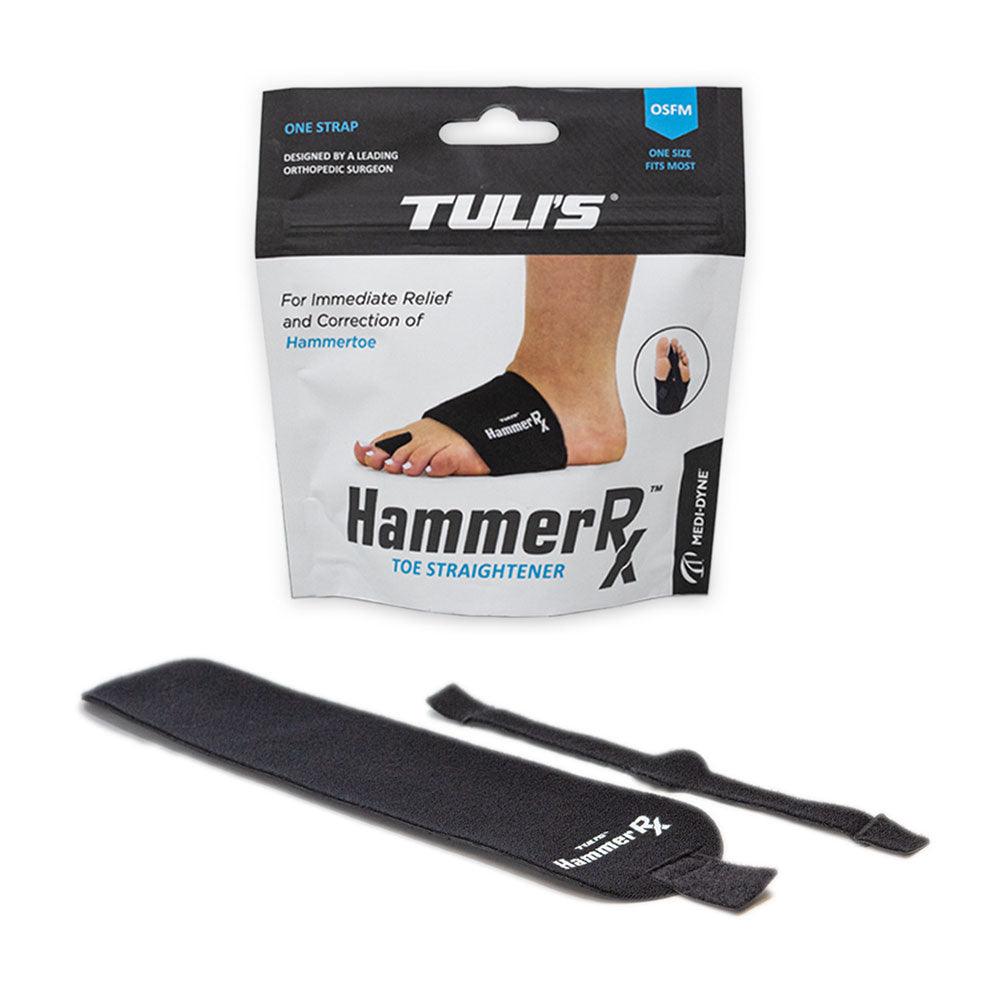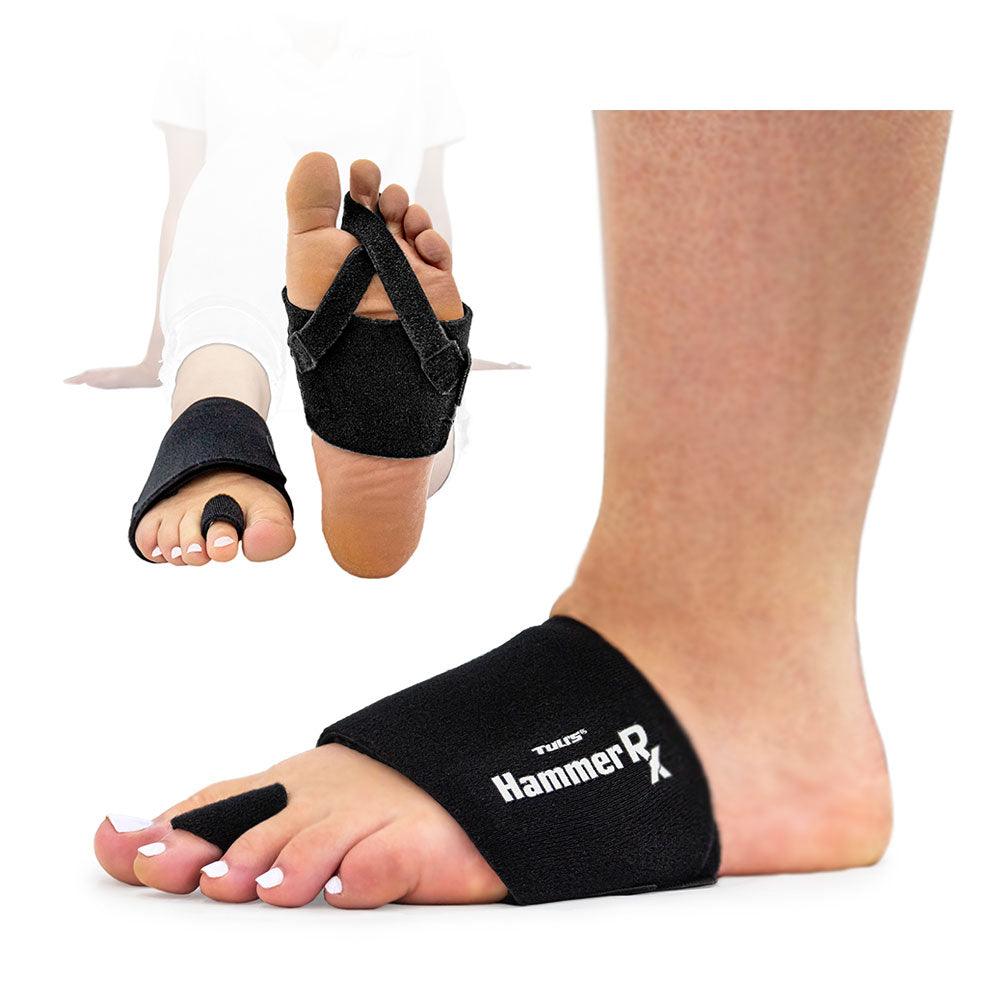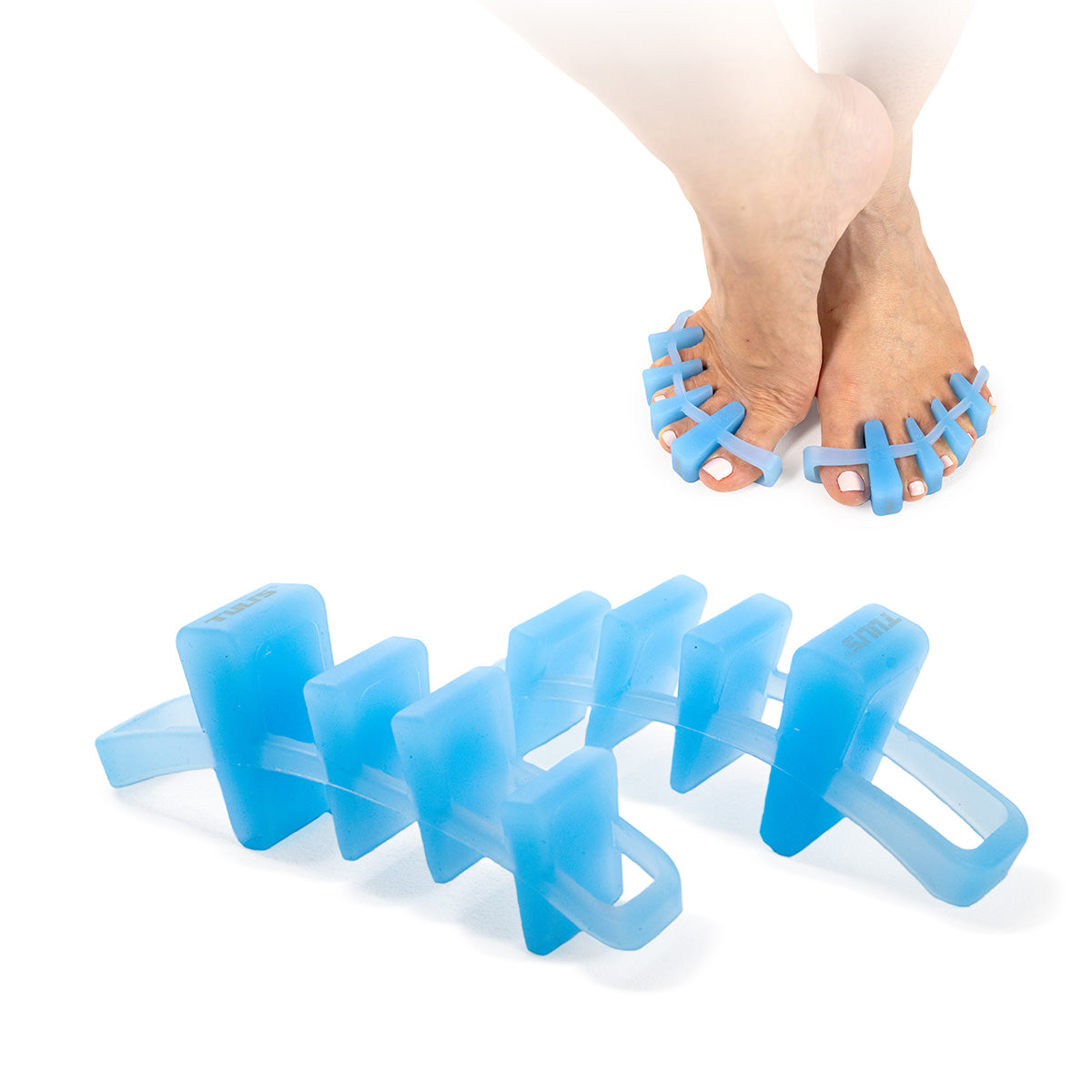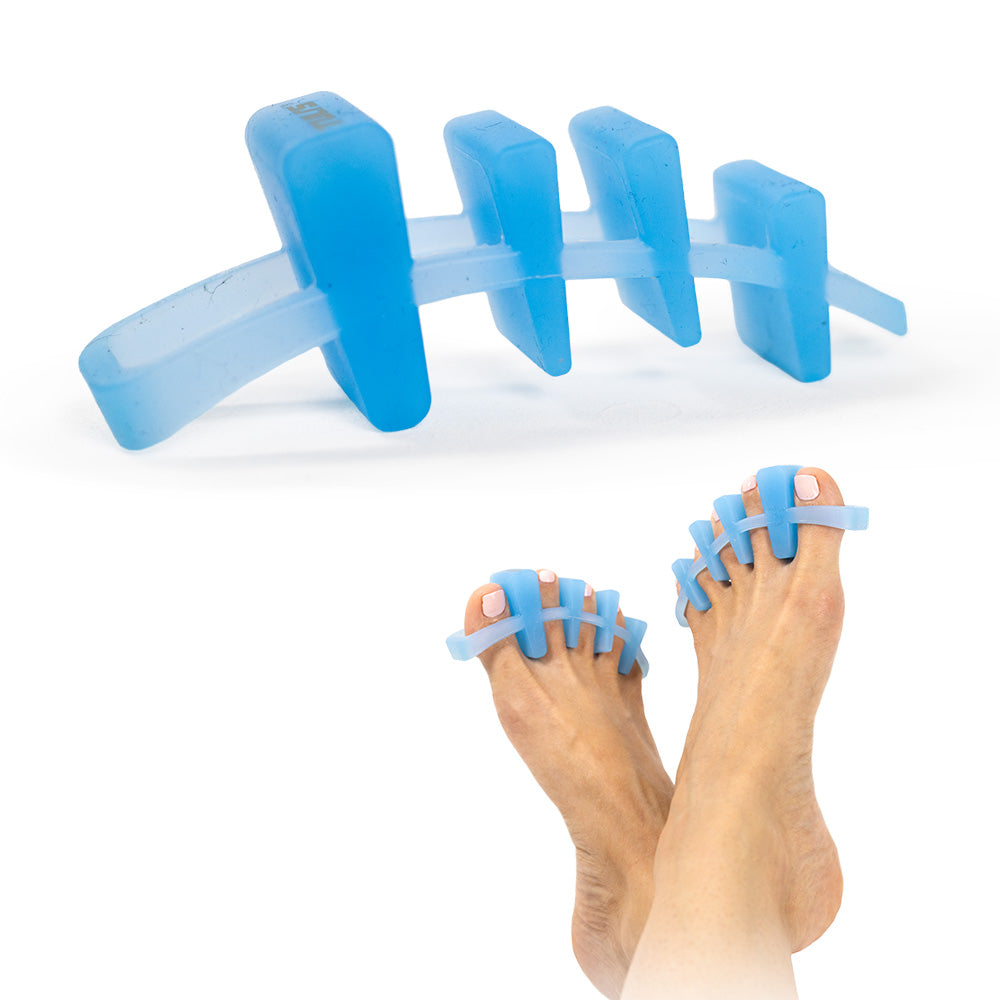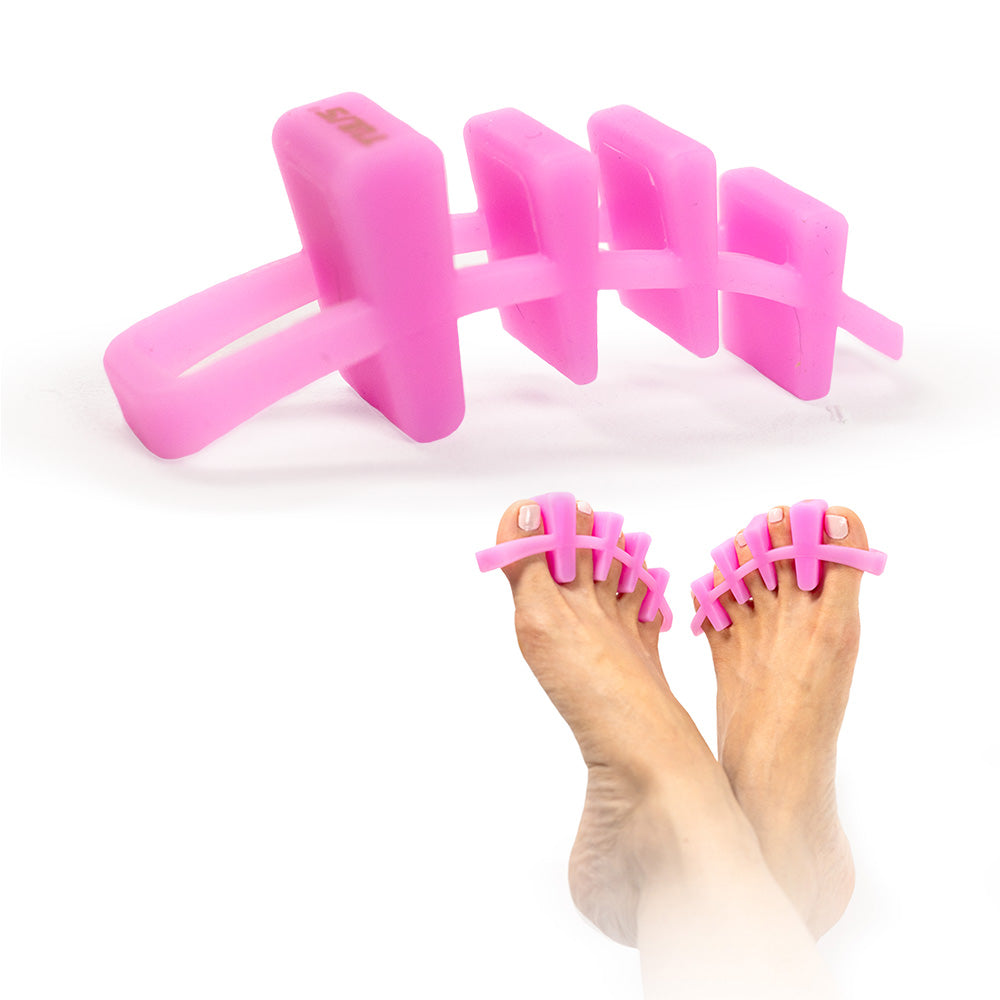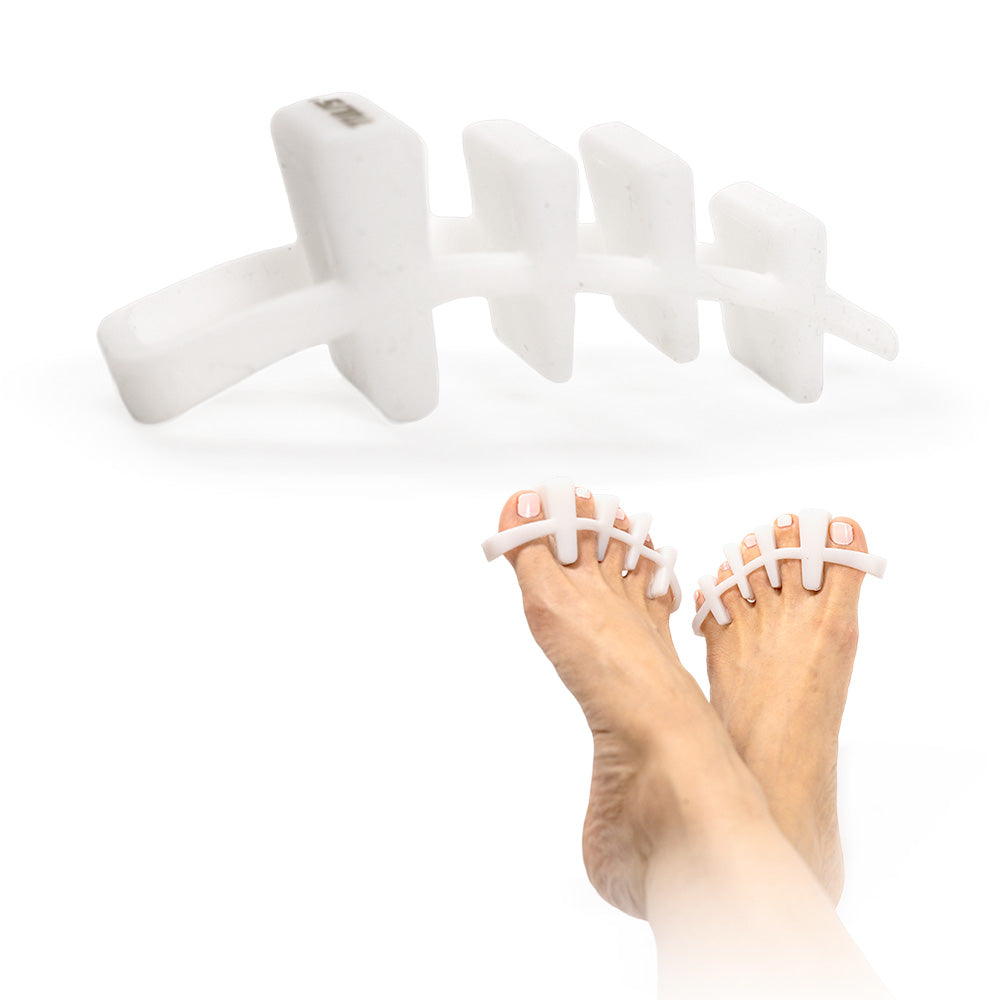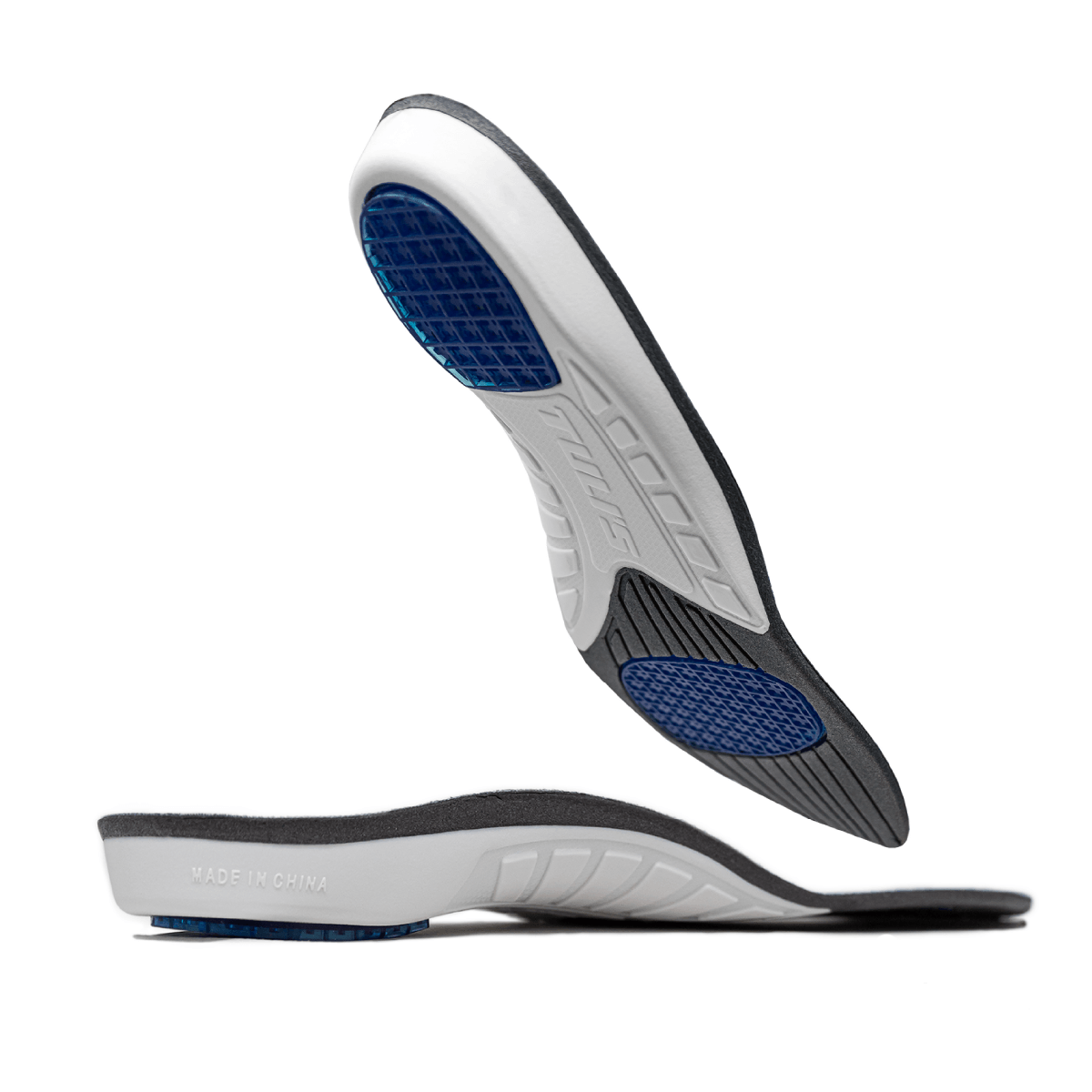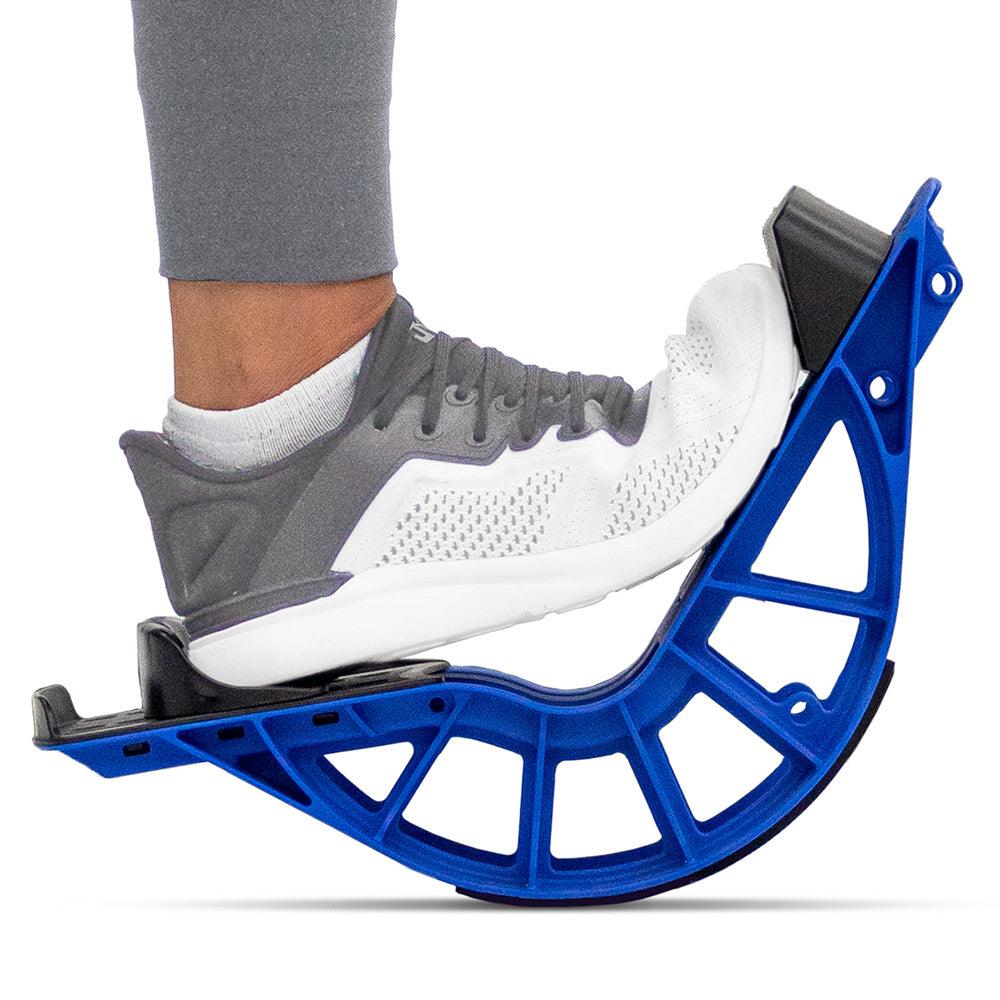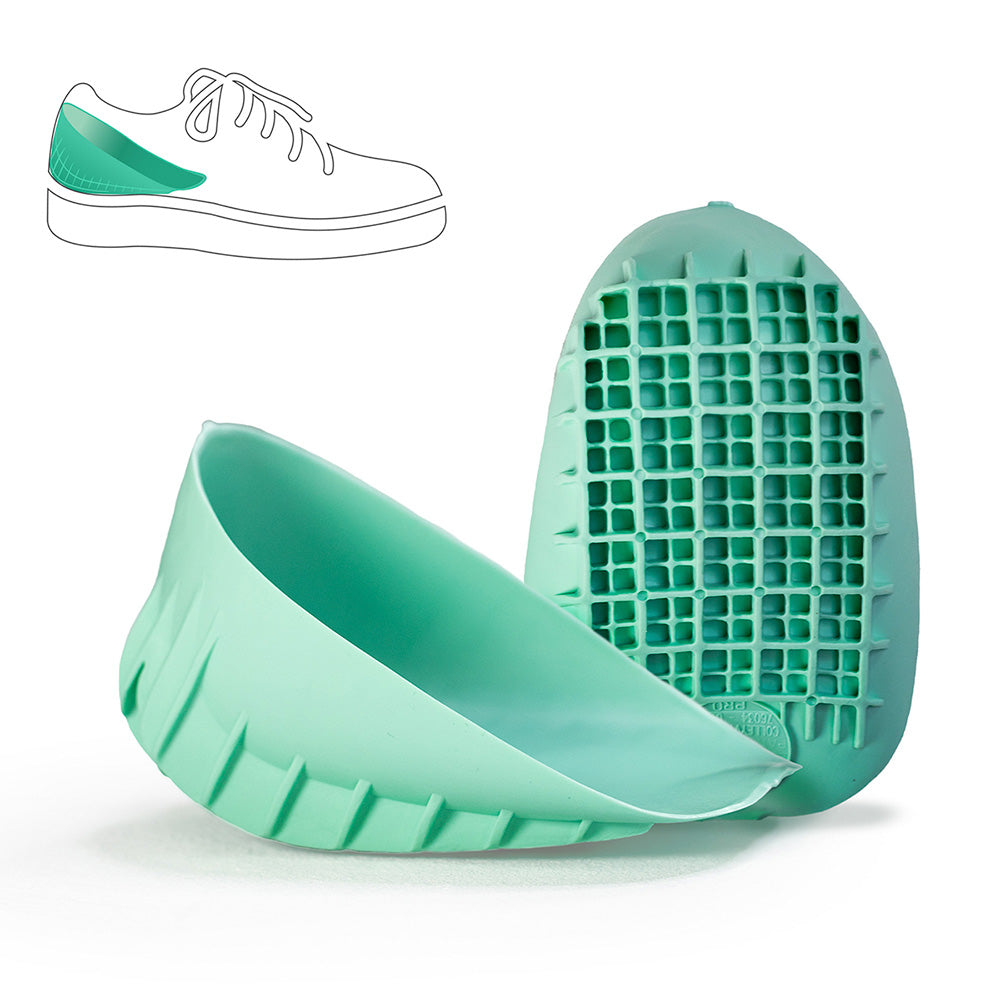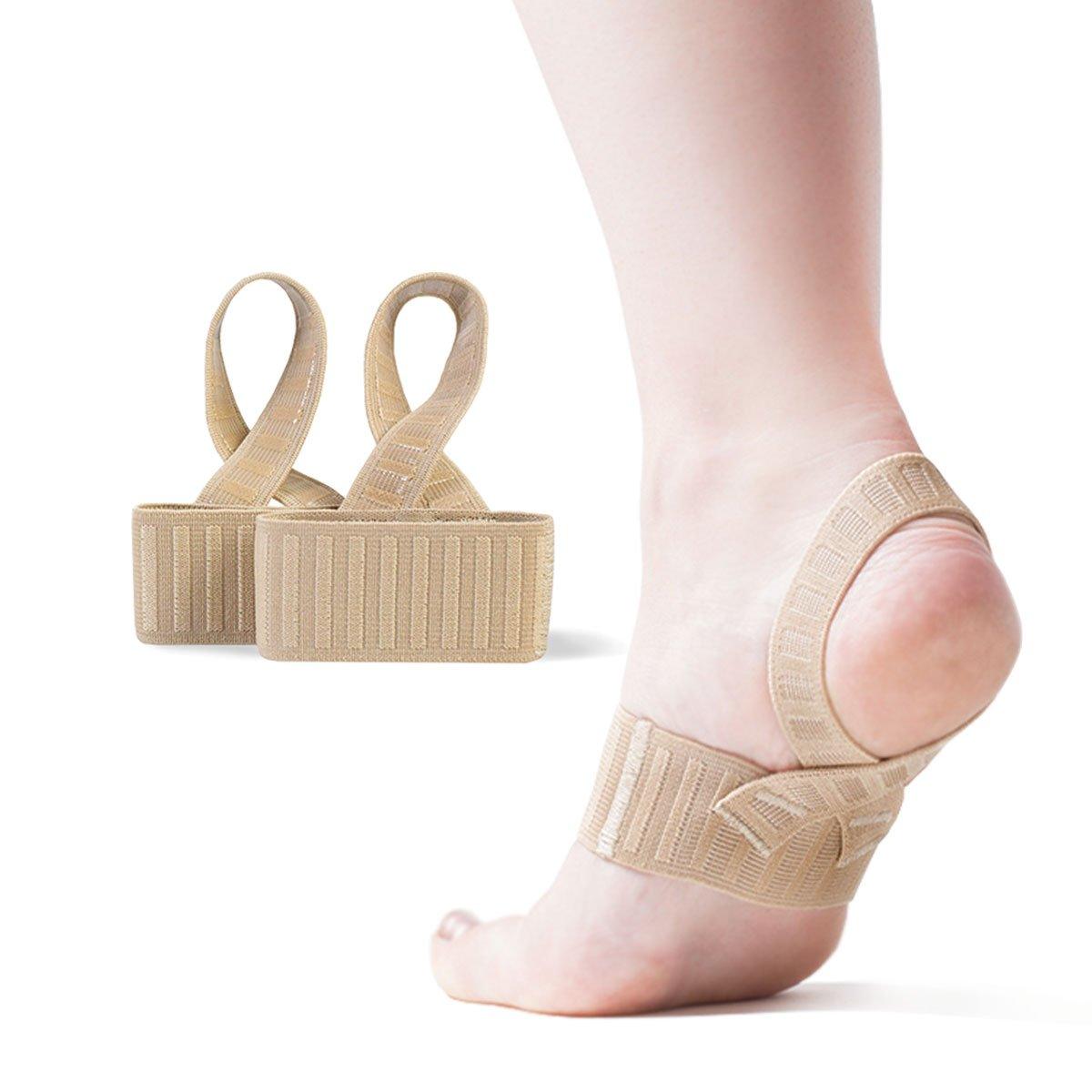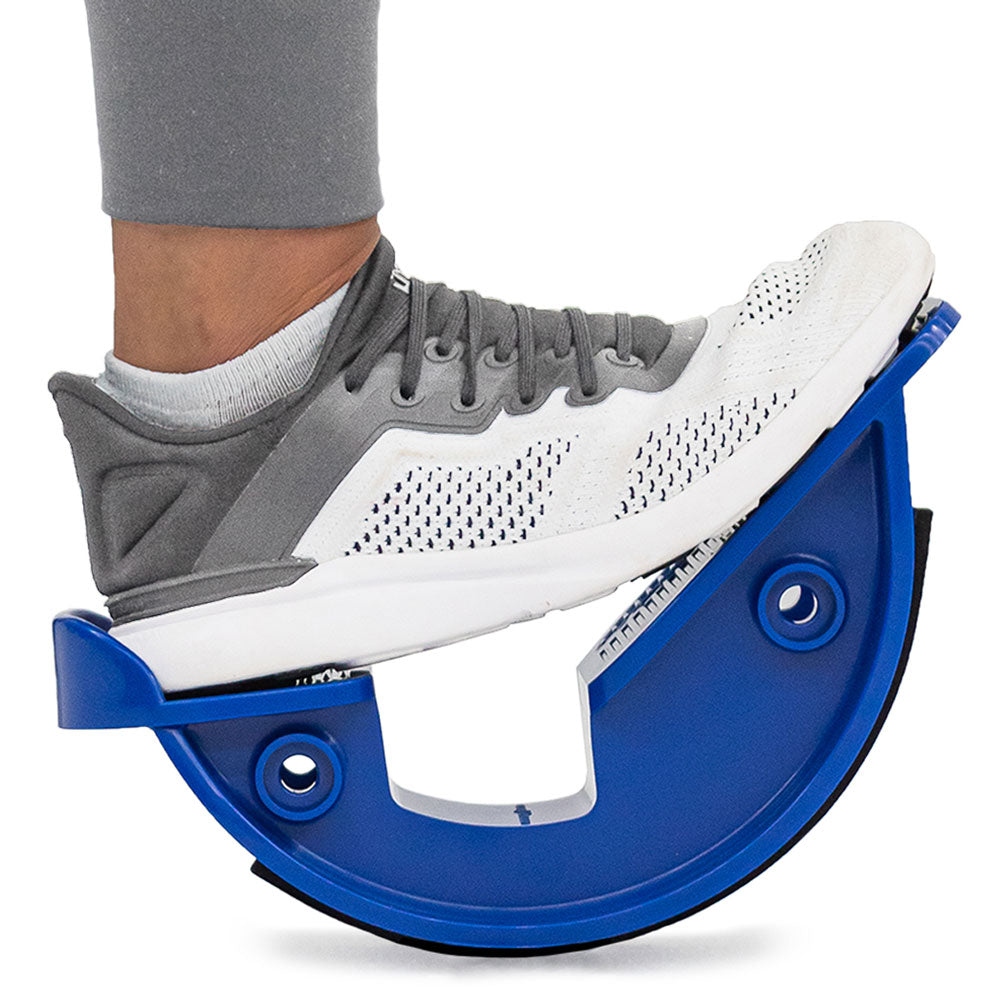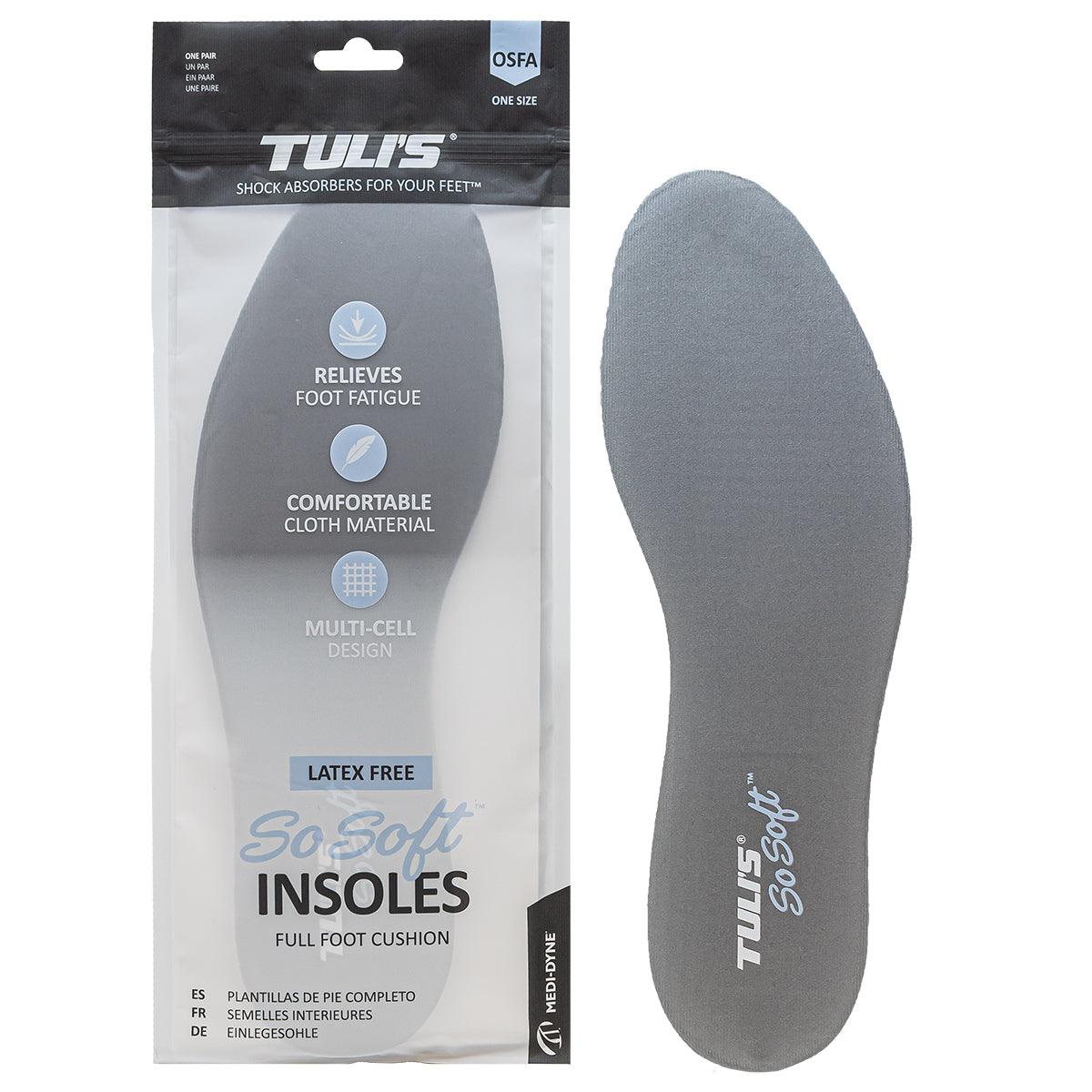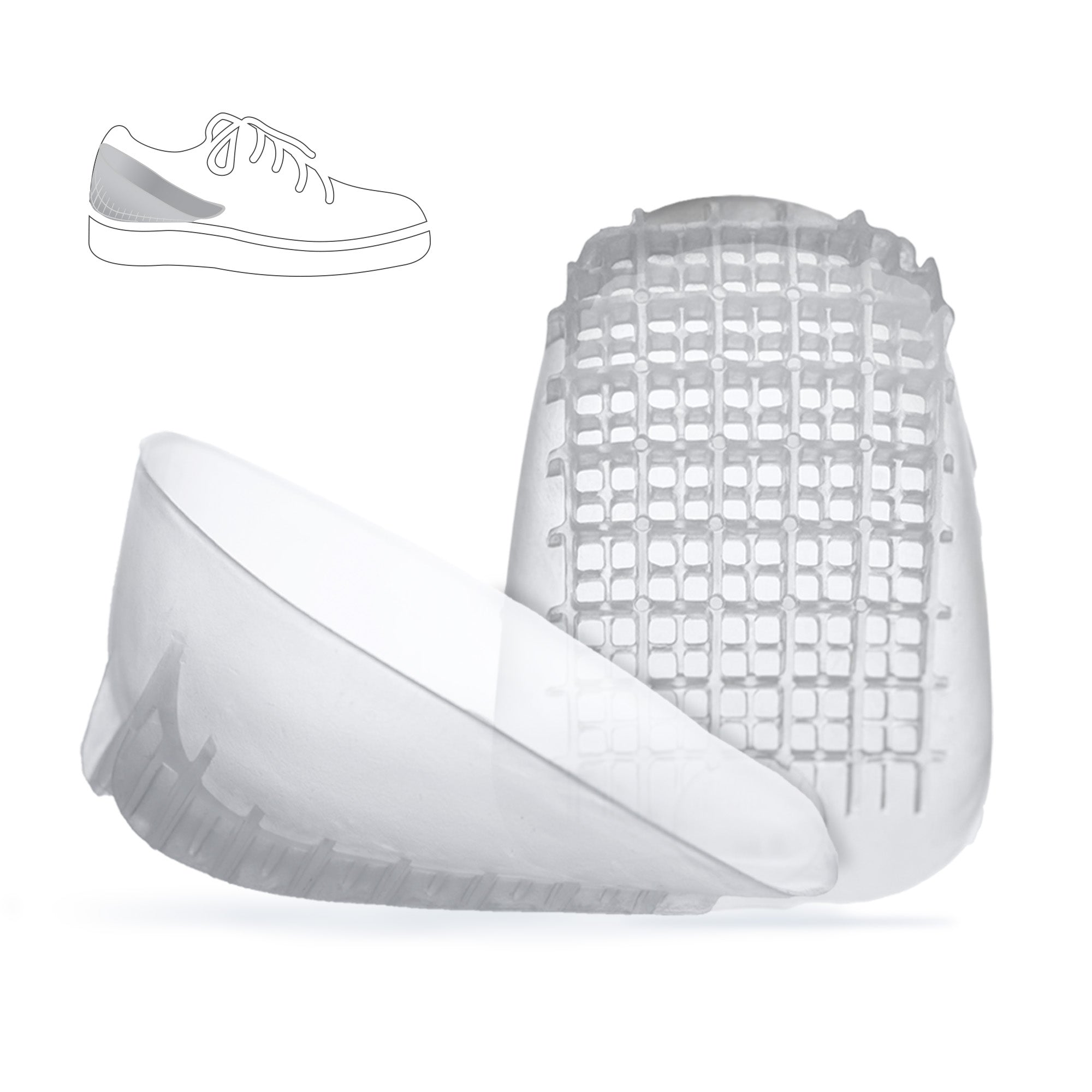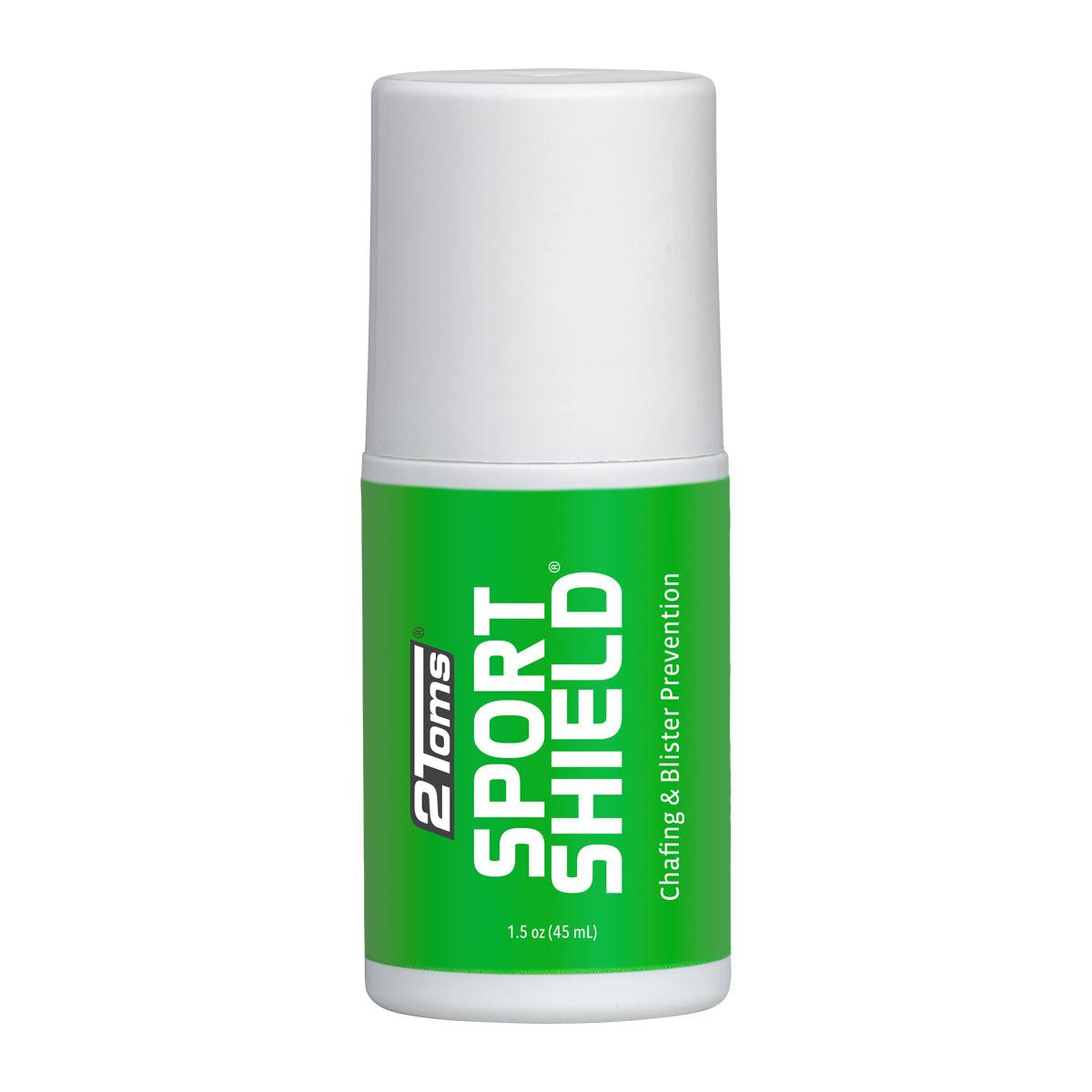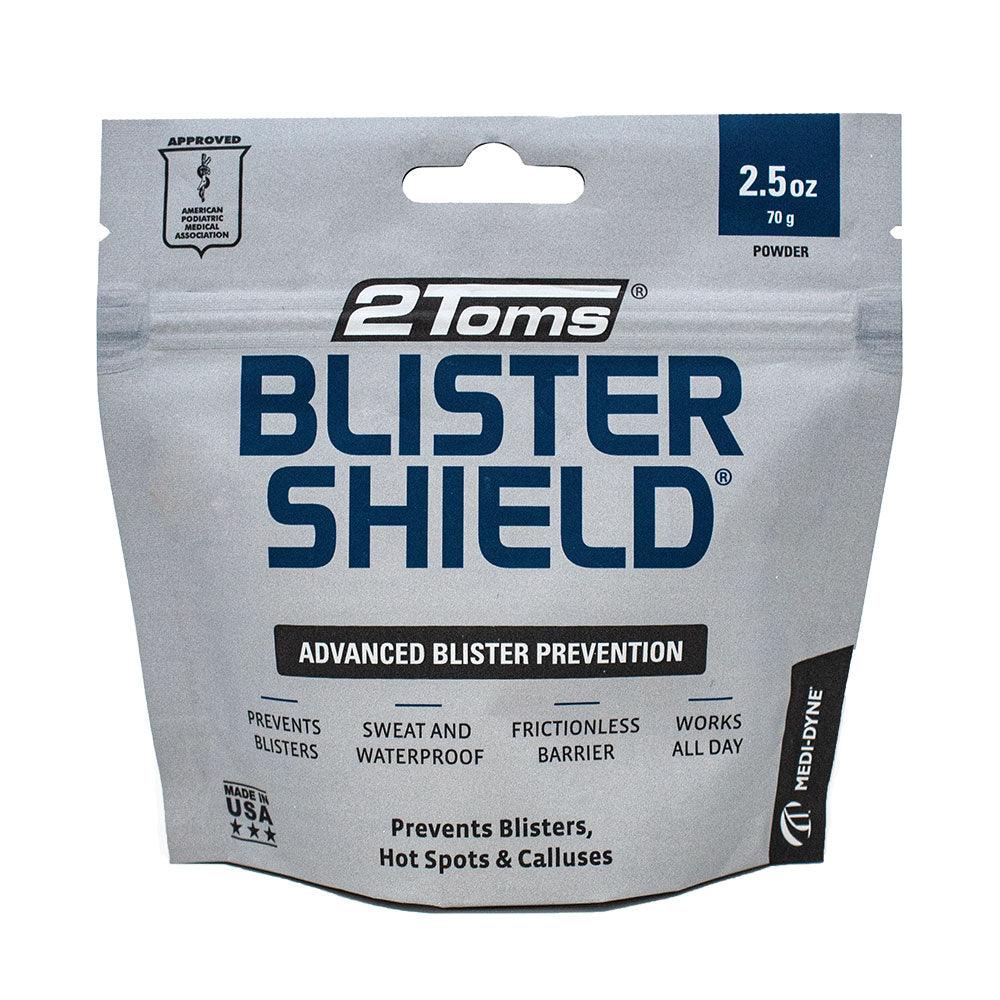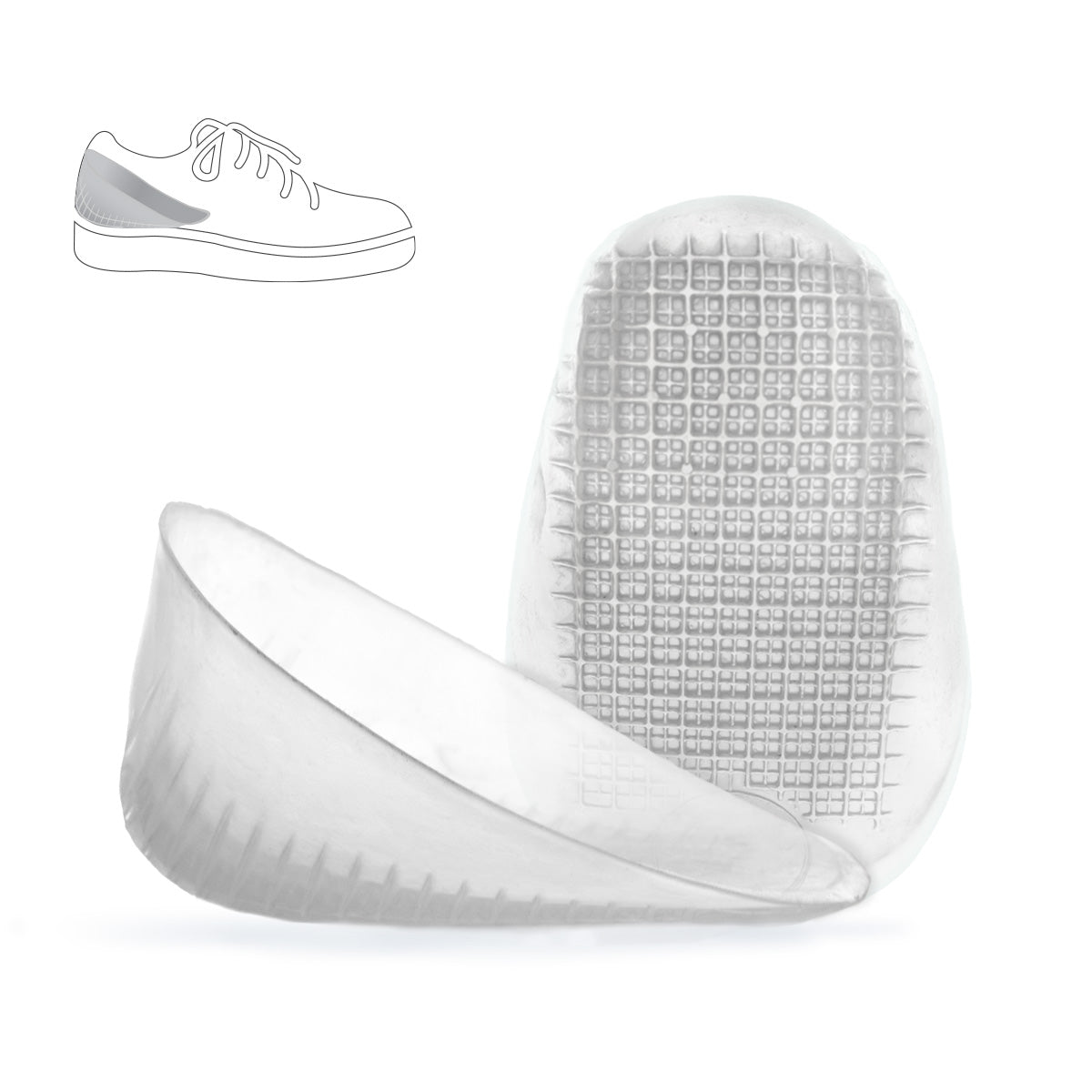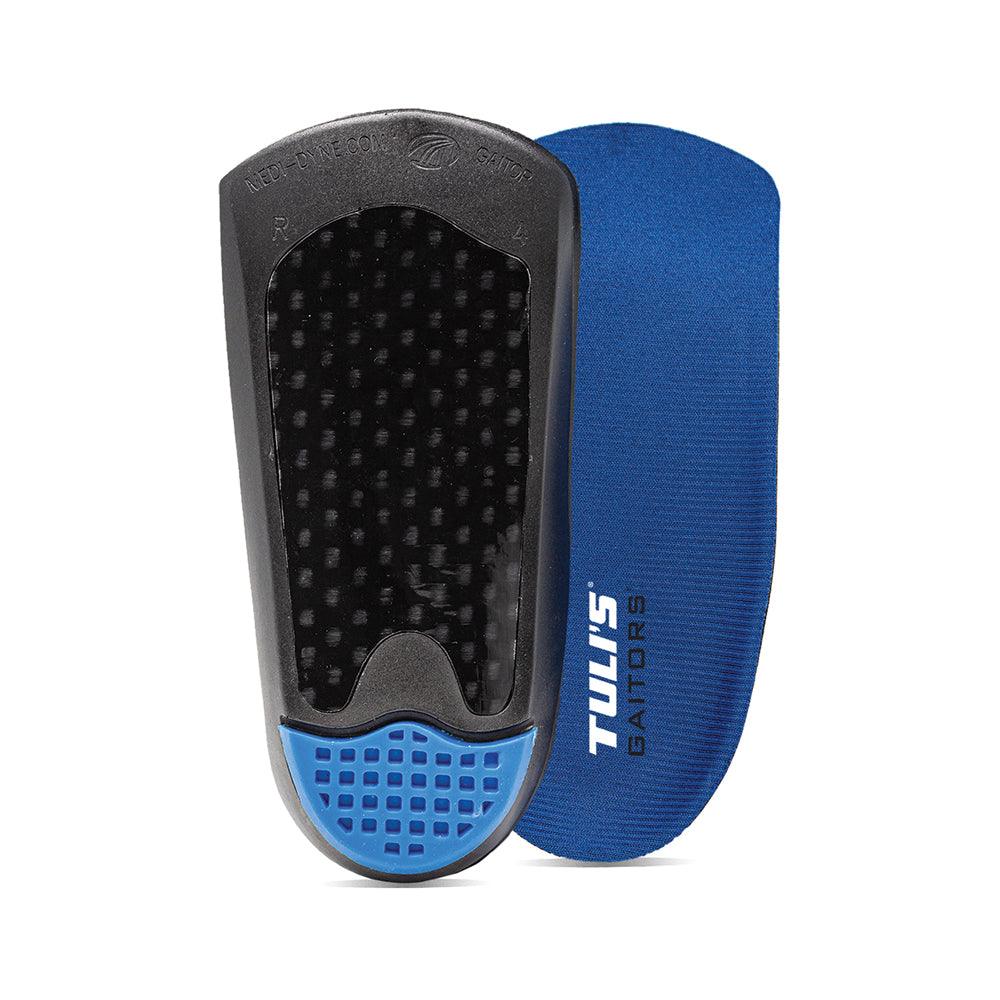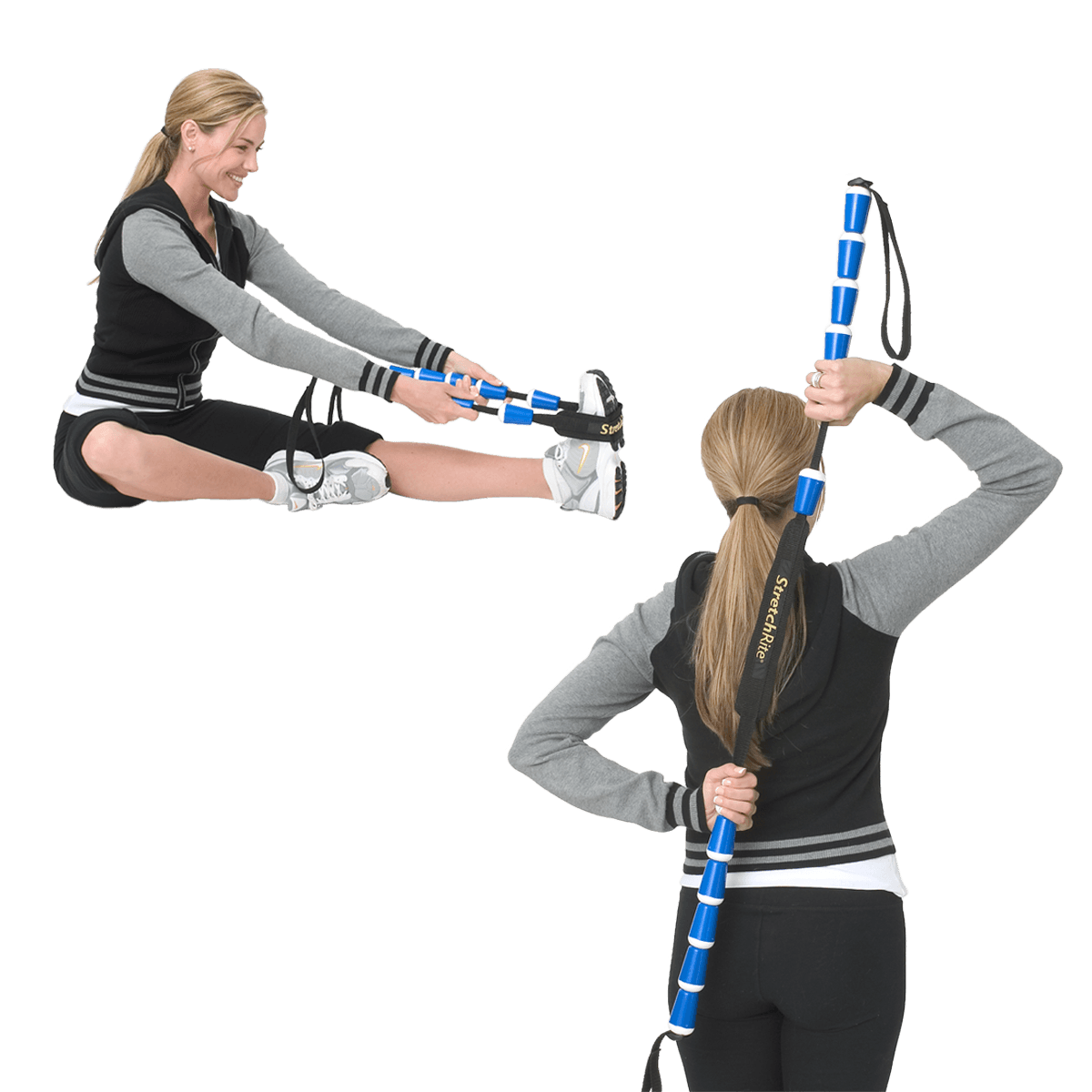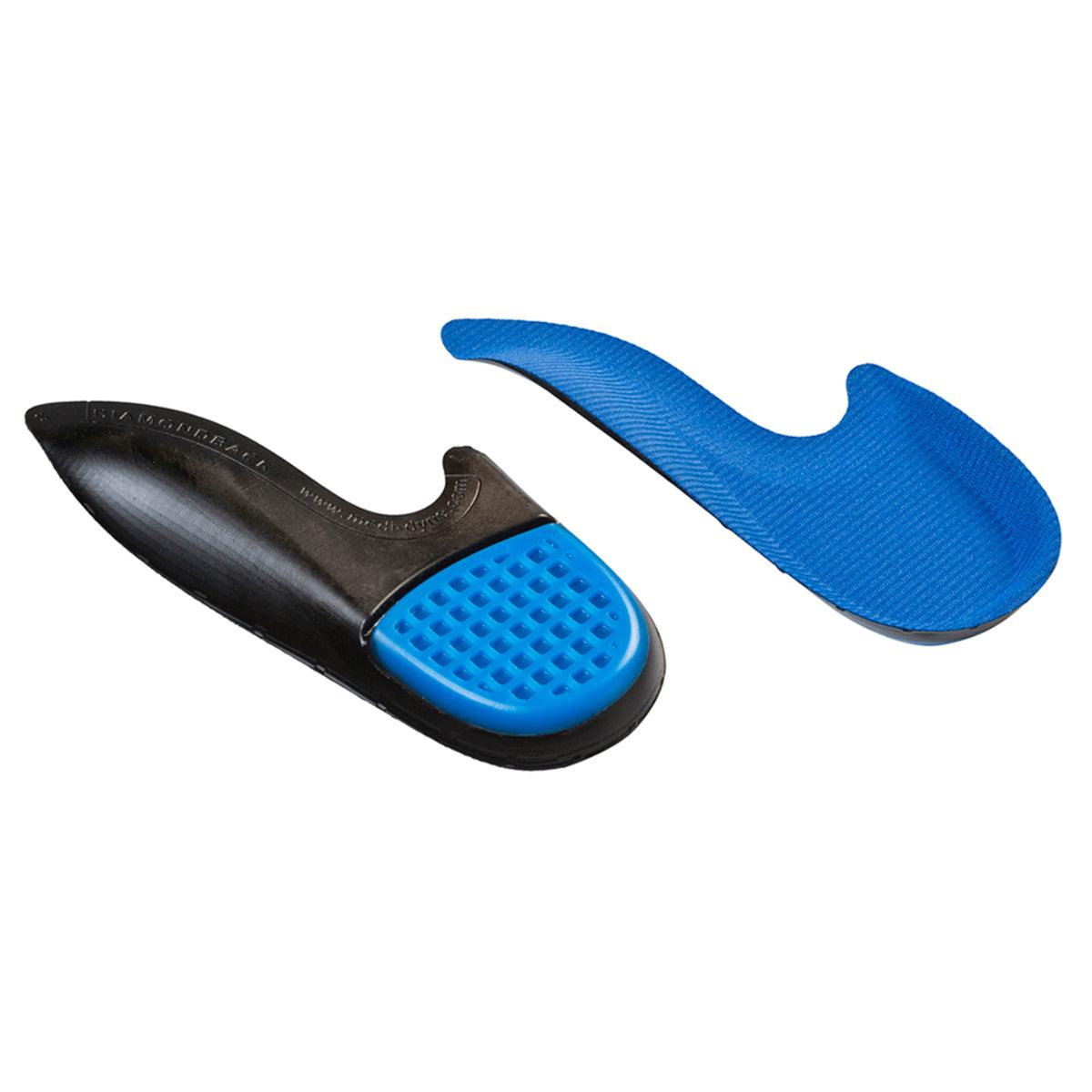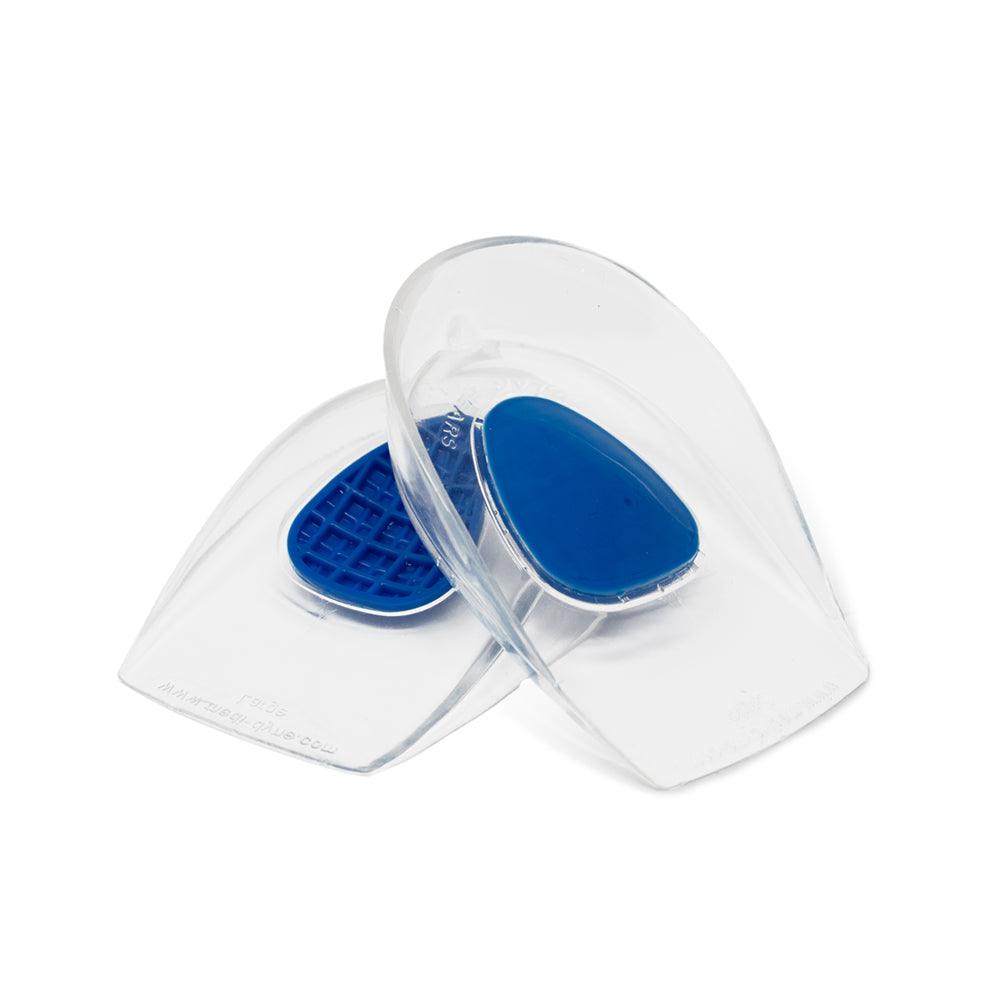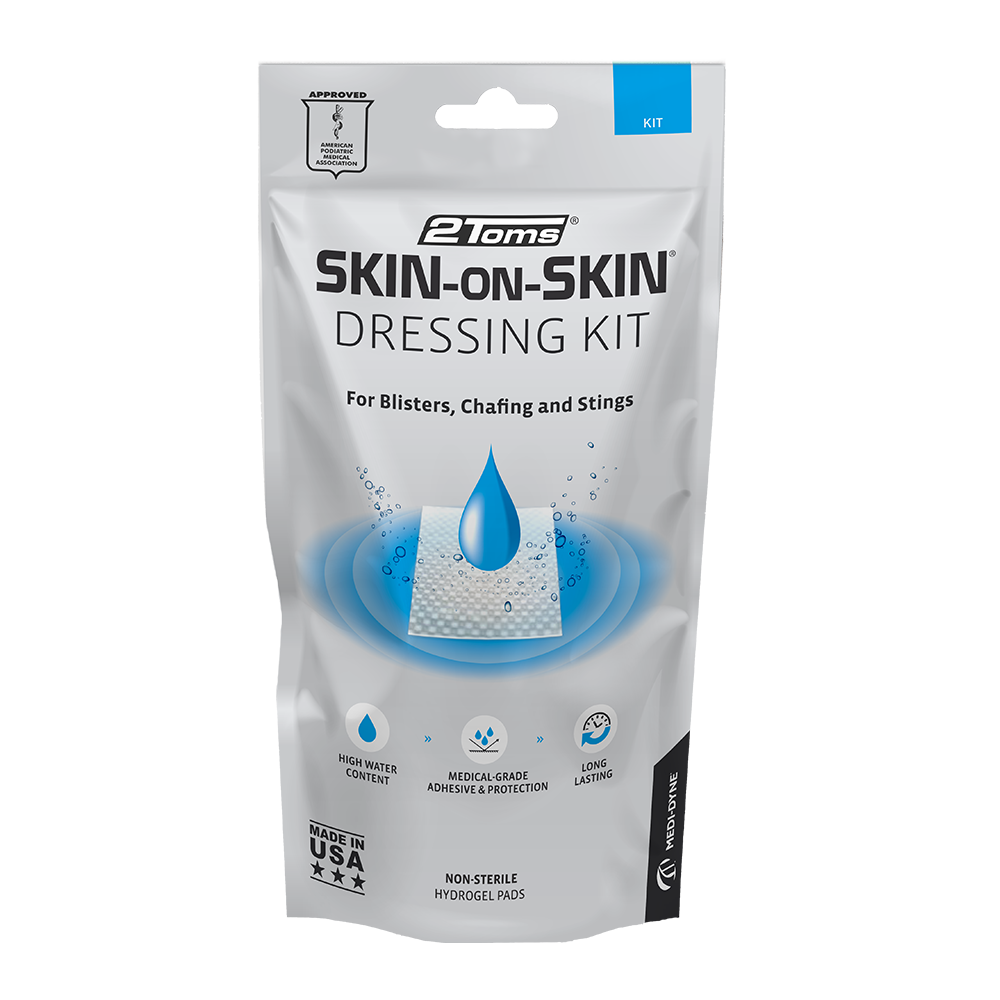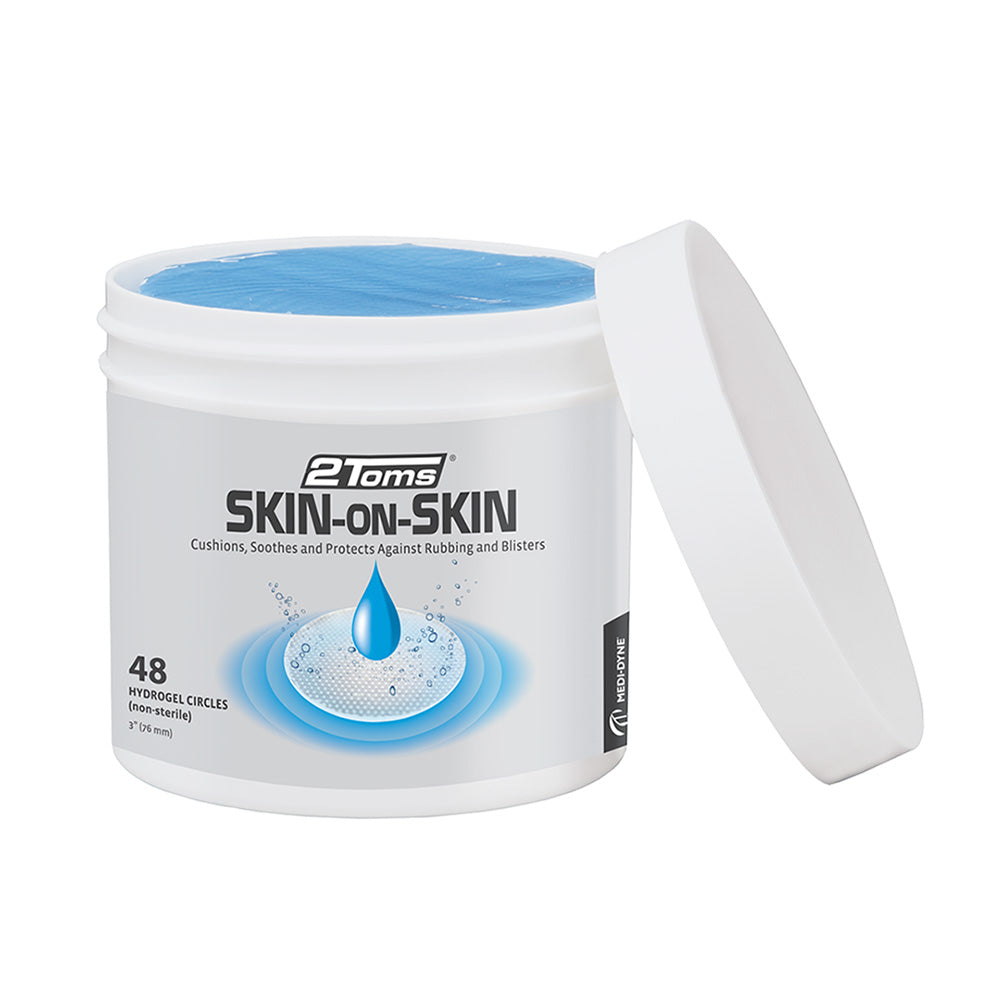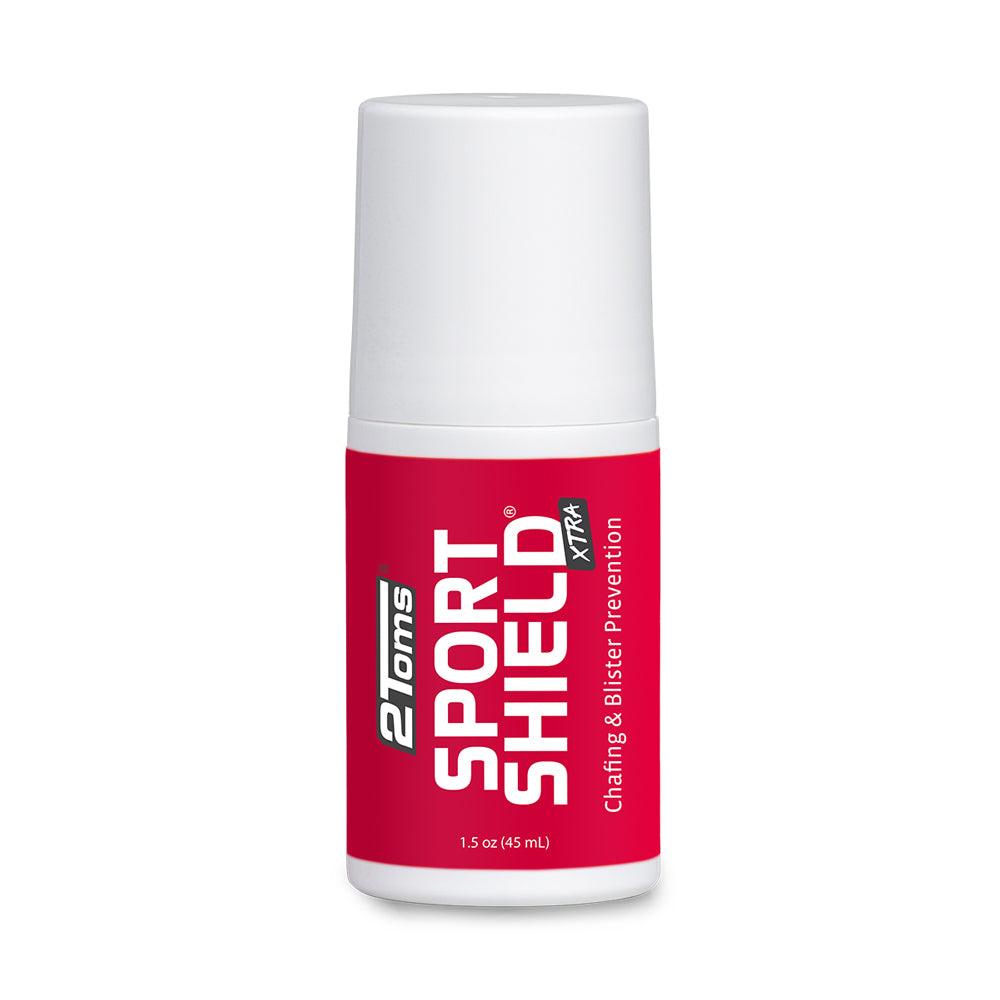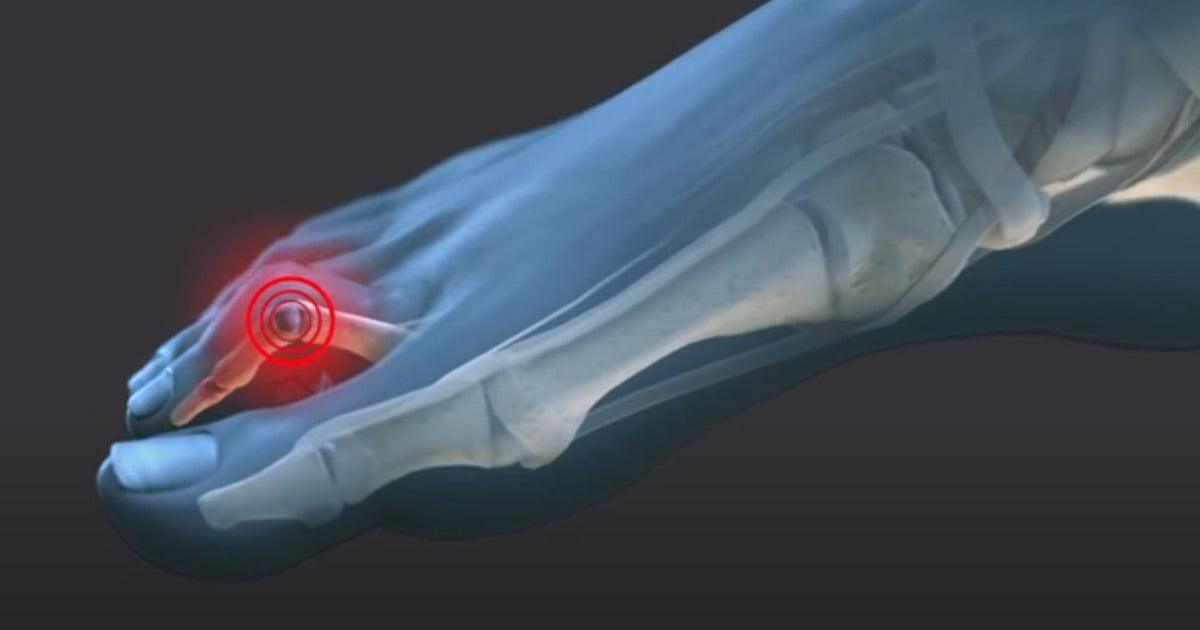How Do You Fix Hammertoe?
Hammertoe is a condition in which the toes are bent into an unnatural position, often caused by wearing too-tight shoes. The toe gets locked into position, and since the muscles can't relax, the tendons tighten and lead to the toe being unable to return to its natural position.
So, if the tendons tighten to a point where the toe cannot move, how do you fix hammertoe? That's going to depend heavily on the types of complications that you are experiencing.
Complications Brought on By Hammertoe Deformities
There are many different types of complications that can occur because of hammertoe deformities. These include nerve damage, infection, muscle atrophy, and even difficulty walking. If left untreated, hammertoe deformities can cause serious problems for the patient, and may even result in the patient needing surgery to correct the problem.
Before moving on to the various methods for correcting hammertoe deformities, it is essential to understand the different types of complications that can occur.
1. Nerve Damage
Nerve damage is one of the most common complications that can occur due to hammertoe deformities. When the toe is bent into an unnatural position, it can cause pressure to be placed on the nerves in the toe. This then inhibits the ability of the nerves to communicate with the rest of the body – leading to numbness and tingling in the toes.
2. Infection
Another common complication that can occur due to hammertoe deformities is infection. When the toe is bent into an unnatural position, it can cause pressure to be placed on the skin, which can lead to the skin becoming irritated and breaking. If not adequately taken care of, the wounds can easily become infected. This can lead to severe pain – and in more serious cases, the infection can spread to the rest of the body, which can lead to the development of sepsis.
Treating Hammertoe Deformities
Several different methods can be used to correct hammertoe deformities. These include physical therapy, surgery, and using orthotic devices to correct the deformities. Each of these methods can be effective in treating hammertoe.
1. Physical Therapy
Physical therapy is often used for the treatment of hammertoe deformities. To be effective, the physical therapist will need to employ several different techniques to correct the problem. The therapist may use massage therapy or electrical stimulation therapy to relax the muscles in the toe. They may also use ice or heat therapy to reduce inflammation and relieve pain and stiffness.
2. Orthotics and Braces
Orthotics and braces can also be used to correct more mild forms of hammertoe deformities. Orthotics are devices that are inserted into the shoe to correct the foot's alignment. This can help realign the toe and relieve the pressure on the tendons and nerves in the toe. Braces are another option for correcting hammertoe deformities. They can help hold the toe in a more natural position and relieve pressure on the tendons and nerves.
3. Surgery
Surgery is often used as a last resort for hammertoe deformities, but it is sometimes the only option for patients who are experiencing serious complications. During surgery, the orthopedic surgeon will use several different techniques to realign and correct the deformity, and then they will secure it into a more natural position.
Gently Fixing Hammertoe with Medi-Dyne
If you're dealing with a mild hammertoe case, then your podiatrist will likely suggest that you give physical therapy a try. They will also likely suggest a gentle toe straightener to help bring your affected toe back into proper alignment.
If you're searching for an effective straightener to help you treat your hammertoe, consider Tuli's® HammerRx® Toe Straightener.

★★★★★
Great product
"This is a game-changer! I've had great success with it from the moment the doctor put it on. I love it! And it doesn't have a large concentrated portion that you walk on all day and it causes pain. The straps are evenly distributed to the sides of your foot." - Lou
OTHER RELATED TOPICS:
IS HAMMERTOE SURGERY WORTH IT?
5 THINGS A PLANTAR FASCIITIS INSOLE MUST HAVE TO BE EFFECTIVE
5 BEST HEEL CUPS FOR PLANTAR FASCIITIS
PLANTAR FASCIITIS, A REASON TO WORRY?
5 REASONS WHY YOU SHOULD STRETCH IN THE MORNING
PLEASE NOTE: The information on this website and article is for information only and should not be used as a substitute for consulting your doctor. Consult your doctor for proper diagnosis and rehabilitation.




